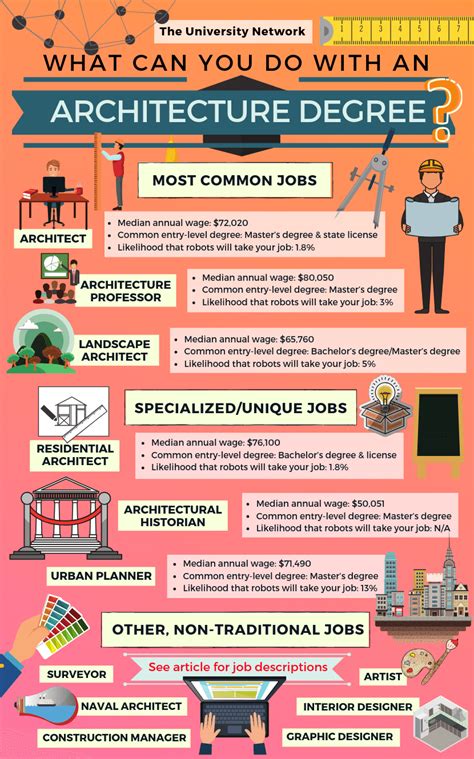Servo and Ultrasonic Sensor Integration for Precise Robotics
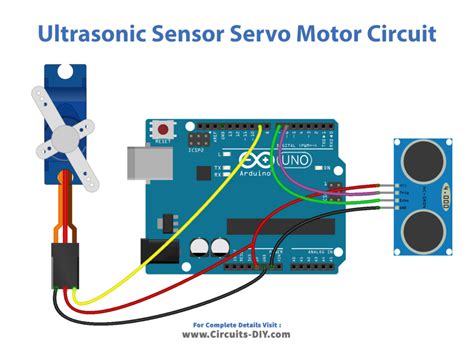
Servo and Ultrasonic Sensor Integration for Precise Robotics
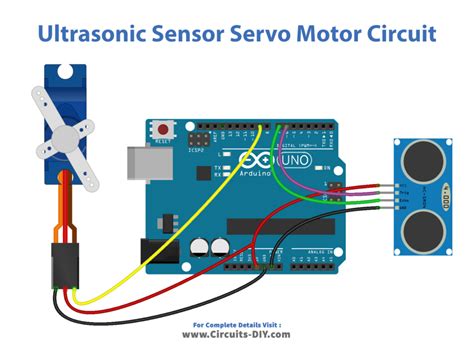
In the realm of robotics, precision is key. One way to achieve precision is by integrating different sensors and actuators to create a cohesive system. Two such components that can be integrated to achieve precise robotics are servo motors and ultrasonic sensors. In this article, we will explore the integration of servo motors and ultrasonic sensors, and how this integration can be used to achieve precise robotics.
Understanding Servo Motors
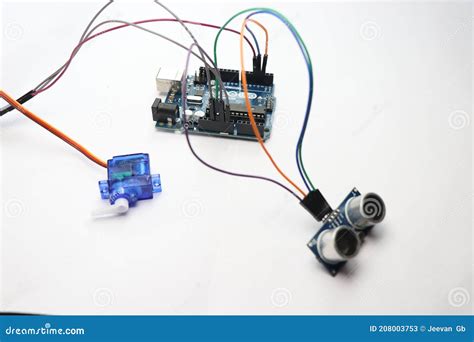
What is a Servo Motor?
A servo motor is a type of motor that uses feedback to precisely control its position, velocity, and acceleration. It is commonly used in robotics, aerospace, and other applications where precise motion control is required. Servo motors consist of a motor, gearbox, and a control circuit that uses feedback from an encoder or potentiometer to adjust the motor’s position.
How Do Servo Motors Work?
Servo motors work by using a feedback loop to control the motor’s position. The control circuit sends a signal to the motor, which then moves to the desired position. The encoder or potentiometer provides feedback to the control circuit, which then adjusts the motor’s position to achieve the desired angle.
Understanding Ultrasonic Sensors
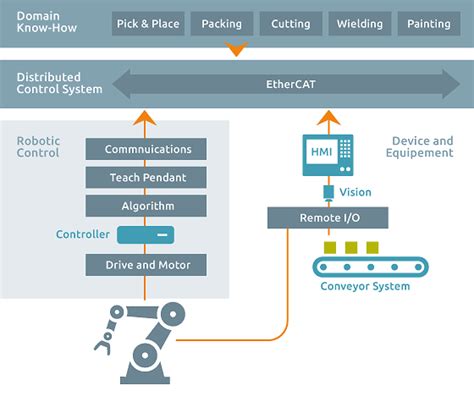
What is an Ultrasonic Sensor?
An ultrasonic sensor is a type of sensor that uses high-frequency sound waves to measure distance. It works by sending out a sound wave and then measuring the time it takes for the wave to bounce back. Ultrasonic sensors are commonly used in robotics, automotive, and other applications where distance measurement is required.
How Do Ultrasonic Sensors Work?
Ultrasonic sensors work by sending out a high-frequency sound wave and then measuring the time it takes for the wave to bounce back. The sensor uses a transducer to convert the sound wave into an electrical signal, which is then processed by the sensor’s control circuit.
Integrating Servo Motors and Ultrasonic Sensors
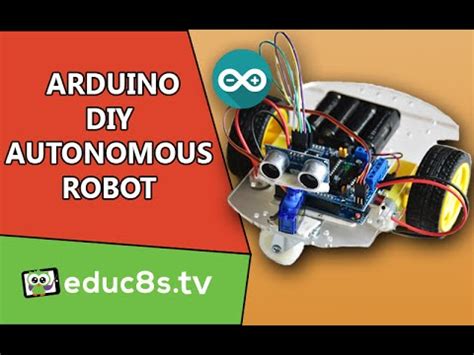
Why Integrate Servo Motors and Ultrasonic Sensors?
Integrating servo motors and ultrasonic sensors can be used to achieve precise robotics. By using an ultrasonic sensor to measure distance and a servo motor to adjust the position, a robot can precisely navigate and interact with its environment.
How to Integrate Servo Motors and Ultrasonic Sensors
To integrate servo motors and ultrasonic sensors, you will need a microcontroller or computer to control the servo motor and process the data from the ultrasonic sensor. Here are the general steps:
- Connect the servo motor to the microcontroller or computer.
- Connect the ultrasonic sensor to the microcontroller or computer.
- Write code to control the servo motor and process the data from the ultrasonic sensor.
- Use the data from the ultrasonic sensor to adjust the position of the servo motor.
🚨 Note: Make sure to calibrate the ultrasonic sensor and servo motor before using them in your application.
Example Application: Obstacle Avoidance Robot
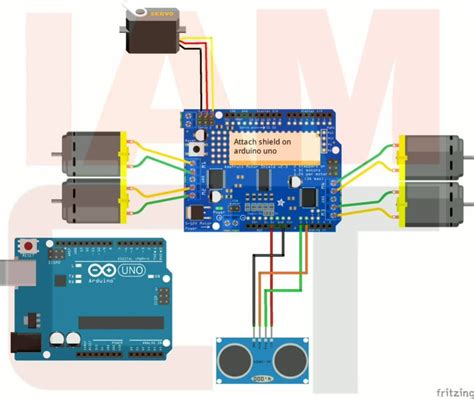
One example application of integrating servo motors and ultrasonic sensors is an obstacle avoidance robot. The robot uses the ultrasonic sensor to measure the distance to obstacles and the servo motor to adjust its position to avoid the obstacles.
Step-by-Step Guide to Building an Obstacle Avoidance Robot
Here is a step-by-step guide to building an obstacle avoidance robot using servo motors and ultrasonic sensors:
- Step 1: Connect the servo motor to the microcontroller or computer.
- Step 2: Connect the ultrasonic sensor to the microcontroller or computer.
- Step 3: Write code to control the servo motor and process the data from the ultrasonic sensor.
- Step 4: Use the data from the ultrasonic sensor to adjust the position of the servo motor.
- Step 5: Test the robot in an obstacle course.
Conclusion
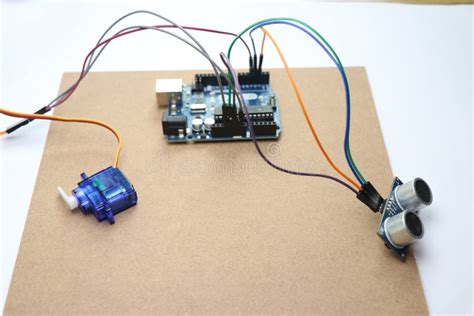
In this article, we have explored the integration of servo motors and ultrasonic sensors for precise robotics. We have discussed the basics of servo motors and ultrasonic sensors, and how they can be integrated to achieve precise motion control and distance measurement. We have also provided an example application of an obstacle avoidance robot using servo motors and ultrasonic sensors. By following the steps outlined in this article, you can create your own precise robotics system using servo motors and ultrasonic sensors.
What is the main advantage of integrating servo motors and ultrasonic sensors?
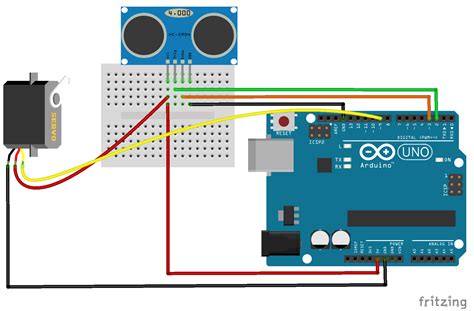
+
The main advantage of integrating servo motors and ultrasonic sensors is that it allows for precise motion control and distance measurement, which is essential for robotics and other applications.
How do I calibrate the ultrasonic sensor and servo motor?
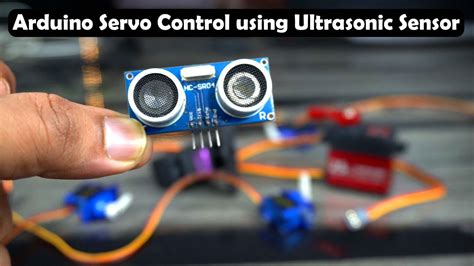
+
To calibrate the ultrasonic sensor and servo motor, you will need to follow the manufacturer’s instructions and perform a series of tests to ensure that the sensor and motor are working correctly.
What is the typical range of an ultrasonic sensor?
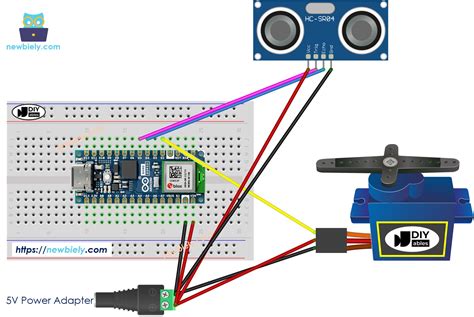
+
The typical range of an ultrasonic sensor is between 2-400 cm, depending on the specific sensor model and application.



